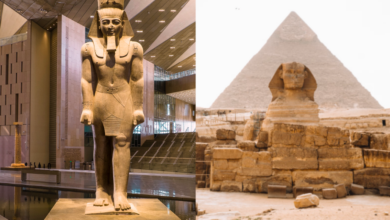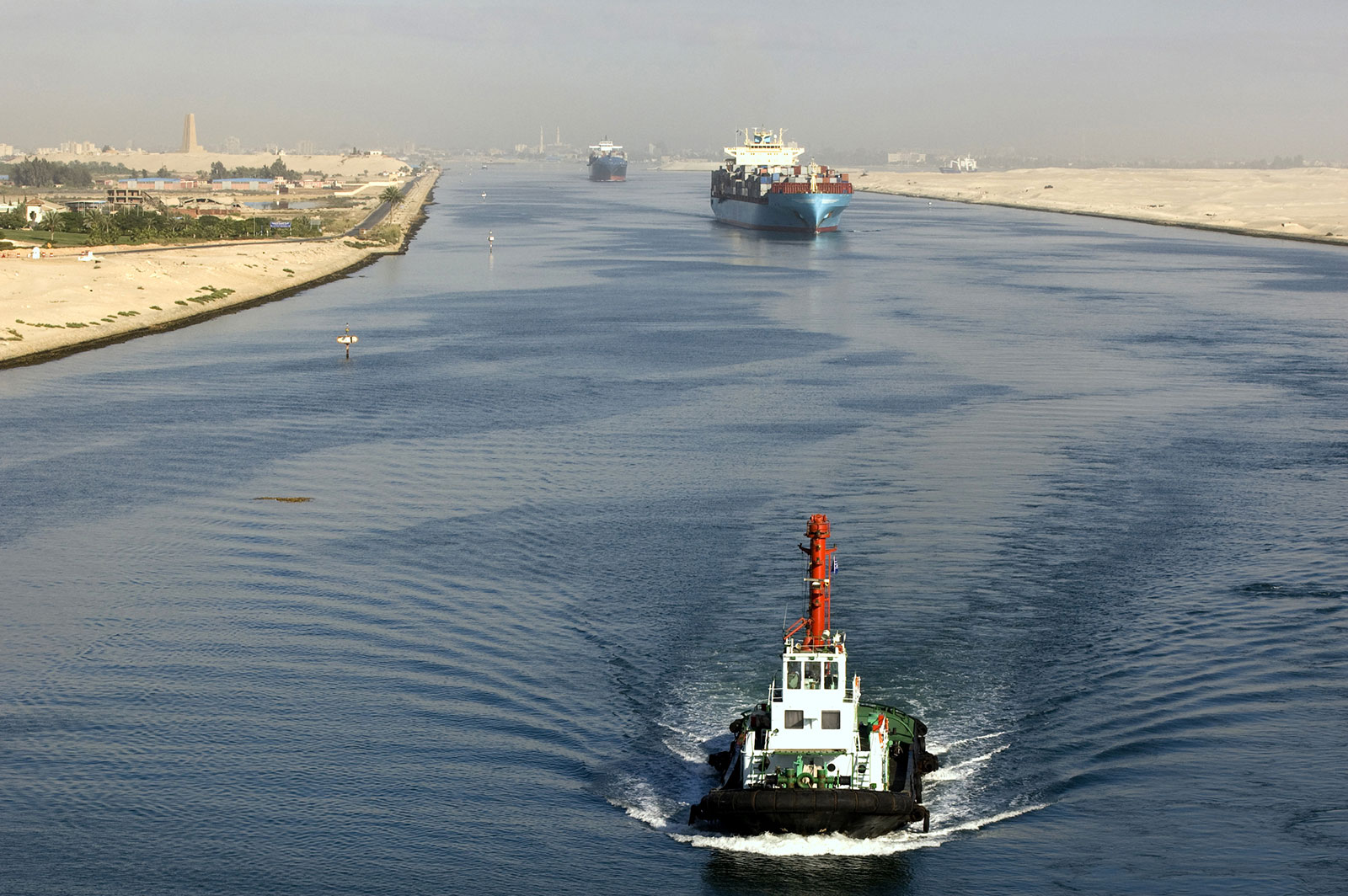As years go by, urban planners continue to be frustrated with the lack of an efficient, systematic process behind the preservation, development and growth of Cairo’s urban structure and design.
Despite investors' and governmental bodies' requests for continued research, budgets continue to be allocated disproportionately and decisions are made haphazardly, often to the detriment of the metropolis’ potentially efficient growth.
“The organizations are there, the regulations are there, but the official, final decision-making process just doesn’t follow the logic,” states Khaled Abdel Halim, the United Nations Development Programme’s (UNDP) technical advisor to the Local Development Ministry. “Years will be spent researching and working on a project with investors, and then one day the project will just haphazardly initiate in complete deviation from its initial purpose and logic.”
One example of such a scenario was a proposed corridor and extension to the 26 July Bridge connecting Zamalek and Mohandiseen to the ring road. While research was ongoing into how to prevent a possible bottleneck situation where the ring road meets a single-lane Zamalek road, the project suddenly began without a concrete solution ever being decided upon.
“Urban planning comes secondary, as a static system, mostly for public image,” Abdel Halim adds. “It is not dynamically integrated or respected until things get critical, and even then thoroughness is lacking.”
Additionally, according to David Sims, an urban development specialist with 30 years of experience in the developing world who authored “Understanding Cairo: The Logic of a City Out of Control,” Cairo’s urban planning infrastructure also suffers from a lack of inter-agency coordination and an overly centralized authority on minor matters that require senior officials’ approval for a decision as simple as fixing a street light.
“There’s a constant, jealous ballet that goes on between governorates, the infrastructure and service authorities, and the principal ministries,” states Sims. “The situation is then further confused by mysterious orders that come directly from the highest levels of political power that are inharmonious to the city’s needs, yet are never questioned.”
But despite the lack of methodical urban planning and a doubled population since the 1960s, Cairo does continue to function, albeit with minimal urban planning implementation.
Urban planners attribute this minimalism to Cairo’s "chase-the-problem" approach, in which essentials are implemented or repaired – water, sewerage, electricity, major roads and telecommunications – only after they are desperately needed. The infrastructure is available, but simply lacks in the type of dynamic implementation that allows the city to operate at maximum efficiency.
“Essential systems in Cairo run quite well and coverage extends throughout the metropolis,” says Sims. “Such high levels of service are nothing less than remarkable when compared to similar systems in many large Third World cities.”
The Housing Study for Urban Egypt (HSUE), conducted in 2008, showed that 96.7 percent of households in Greater Cairo had access to a water faucet inside the dwelling and that 98 percent had access to proper sewerage lines. Similarly, there continue to be few places left in Cairo where ADSL internet cannot be connected through landlines.
However, despite high infrastructure connectivity, the lack of thoroughness often gives rise to various environmental issues, due to the ad-hoc manner in which infrastructure systems are often installed.
“Many water distribution networks are old, use asbestos cement pipes, are under-designed for current demand loads and henceforth extremely wasteful,” states Sims.
According to a study by USAID, only 34 percent of running water produced is actually used, as 24 percent is lost in network leakages and 34 percent is wasted within residences. Also, despite endless lecturing by donor agencies, current tariff rates prevent companies from profiting when working to provide water to Egyptians, forcing them to rely on the central government for financing and causing water supplies to be significantly underpriced.
“By simply implementing a researched and informed tariff system, Egypt would be able to produce millions, if not billions, of dollars that could then be reinvested in improving the structure of the cities,” states Kareem Ibrahim, an urban planner and co-founder of Takween, an urban planning solutions initiative established after the 25 January revolution.
“But there isn’t even the motivation to do that, despite all the specialists available who have already done research and would be willing to tackle the issue," he adds.
In addition, due to a lack of sewage maintenance, overflows are often experienced as the system's capacity has proved unable to cope with increasing discharges.
“The outflow from the Gabal al-Asfar sewage plant – located in the northeast of Cairo – is supposedly completely treated, but in fact only partly so," says Sims. "The polluted water ends up in agricultural drains that discharge eventually into Lake Manzala. Industrial, effluent discharges are also not filtered out which mixes noxious chemicals and metals in with the sewage water.”
Given the lack of efficient, centralized planning, the majority of Cairo's growth has rested solely within the informal sector.
“Basically, there is no urban planning aside from what people, primarily lower socioeconomic classes, have informally taken upon themselves to address,” says Ibrahim. “Officially though, in the past, what has gotten done in terms of formal urban planning, was basically what the ministers wanted done or fixed for their personal use."
Additionally, according to Sims, part of the reason behind Cairo’s ability to survive is due to its compact size with high densities of habitation. This keeps the city navigable despite over-congestion, while making it relatively easy to connect areas to basic infrastructure.
Others attribute the perception of Cairo’s relative success to the government’s ability to create high levels of tolerance and acceptance of these conditions among the citizenry.
“If there was a broken traffic light or a broken pipe somewhere else in the world, people would call in, complain and get it fixed immediately,” states Ibrahim. “In Egypt, they just accept it, put a board over it, or downright ignore it. It’s as if people have accepted that they’re not really citizens of a country that has responsibilities towards them.”
However in light of the revolution and ongoing political turmoil, urban planners are hoping to see positive changes, while acknowledging that they will not come without a struggle.
First and foremost is a much-hoped-for decentralization of power, which will allow for governorates to make important local decisions and implement them quickly.
“More people need to be empowered to the decision-making level within respective areas and governorates,” says Abdel Halim. “Then we need practical, qualitative solutions such as tariffs and basic laws."
“It’s not about having pride and big visions like Cairo 2050, which can be more destructive than constructive; it's about working from the bottom up.”
However, a more ambitious proposal is a social contract to be established between the government and its citizens, aimed at aligning their goals with one another.
“Both citizens and the governments need to ask themselves a serious question: Do we want things done properly, so that we can live in a well-functioning city?” says Abdel Halim. “If the answer is 'no,' then fine; but if 'yes,' we need to instill rules, protect them, and abide by them.
“We need courageous authorities who are willing to fight for what is right, but at the same time, people cannot expect a better urban life without being disciplined first themselves.”




